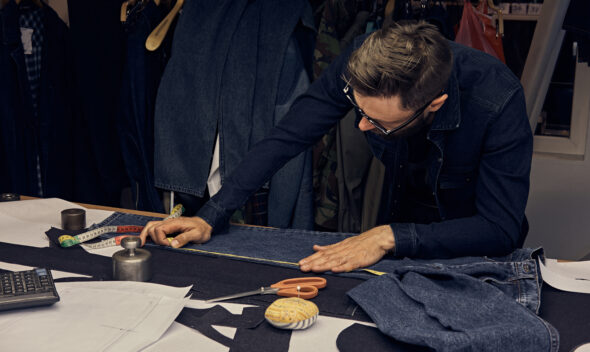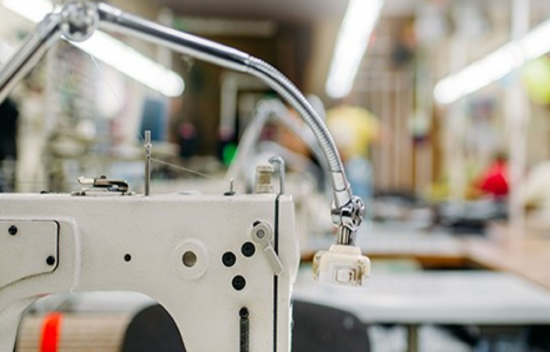In the fast-paced world of retail and manufacturing, the term” merchandiser” is frequently thrown around, but what exactly does it mean? Merchandisers are the obscure icons behind the scenes, icing that products aren’t only available but also appealing to consumers. From fashion and sportswear to electronics and groceries, merchandisers play a vital part in the entire force chain process. This composition delves deep into the world of merchandisers, slipping light on their places, liabilities, chops, and the immense value they bring to the table.
Who’s a Merchandiser?
A merchandiser is a professional responsible for ensuring that products are presented, grazed, and ended in the most stylish possible way. They bridge the gap between manufacturers and retailers, ensuring that the right products are in the right place at the right time and at the right price. Merchandisers dissect request trends, manage force, and unite nearly with contrivers, suppliers, and store directors to enhance product appeal and maximize deals.
Types of Merchandisers:
Retailing is a broad field that encompasses colorful types of merchandisers, each fastening on a specific aspect of the product lifecycle. Some of the crucial types include
Visual MerchandisersThese professionals are responsible for creating eye-catching displays and layouts within retail stores to attract guests. They use design, color proposition, and creativity to make products visually appealing.
Retail MerchandisersRetail merchandisers work within stores, icing shelves are grazed, prices are correct, and elevations are well-executed. Consequently, they cover product performance and acclimate stock situations.
Fashion Merchandisers Working in the vesture and fashion assiduity, fashion merchandisers dissect trends, elect product lines, and unite with contrivers to produce apparel collections that align with request demand.
Grocery MerchandisersThese merchandisers concentrate on ensuring that food products are fresh, well-grazed, and attractively displayed. They frequently work closely with suppliers and store directors to manage force and elevations.
E-commerce MerchandisersWith the rise of online shopping, e-commerce merchandisers ensure that products are effectively listed, distributed, and promoted on digital platforms. They use data analytics to optimize online deals.
crucial liabilities of a Merchandiser:
The liabilities of a merchandiser can vary depending on their assiduity and specific parts. still, some core duties remain harmonious across different sectors
Product Selection and PlanningMerchandisers unite with contrivers, manufacturers, and buyers to select products that align with consumer demand and request trends.
Inventory Management Ensuring that products are adequately grazed but not overstocked is a critical aspect of a merchandiser’s job. This helps help stockouts and reduces redundant force costs.
assaying Market TrendsMerchandisers conduct request exploration to stay streamlined on assiduity trends and client preferences. This allows them to make informed opinions about product lines and promotional strategies.
Price Setting and PromotionsMerchandisers play a part in determining product pricing and coordinating promotional juggernauts to boost deals. This involves balancing profit perimeters with competitive pricing.
Supplier and Seller CoordinationMerchandisers frequently work closely with suppliers to negotiate contracts, manage deliveries, and ensure product quality. This relationship is pivotal for maintaining a flawless force chain.
Deals Performance AnalysisMerchandisers regularly review deal data to identify high-performing products and areas for enhancement. This analysis informs unborn product planning and promotional strategies.
Essential Chops for a Merchandiser:
Successful merchandisers retain a unique mix of logical, creative, and interpersonal chops. Some of the crucial chops include:
. Analytical Allowing Capability to interpret deals data, request trends, and consumer geste.
. Creativity Casting visually appealing displays and innovative product elevations.
. Communication unites with colorful departments, including suppliers, contrivers, and store directors.
. concession Working with suppliers to secure favorable terms and pricing.
. Organization Managing multiple product lines, supplies, and promotional conditioning contemporaneously.
. Attention to detail, including accurate pricing, stock situations, and promotional prosecution.
The Significance of Merchandisers in the Retail Industry:
Merchandisers are vital to the success of retail operations. Their capability to prognosticate trends, manage force, and enhance product donation directly impacts a company’s nethermost line. Without professed merchandisers, retailers risk overstocking, understocking, and losing out on implicit deals.
Also, merchandising ensures that the shopping experience is flawless and pleasurable for consumers. Whether it’s arranging products in an enticing manner or icing that bestsellers are always available, merchandisers enhance the overall client experience.
How to Become a Merchandiser:
For those interested in pursuing a career in retailing, several educational paths and guests can pave the way. A degree in business, fashion, marketing, or force chain operation is frequently salutary. externships and entry-level positions in retail or force chain operations can give hands-on experience and a deeper understanding of the field.
instruments in retailing, retail operation, or visual design can also boost career prospects. also, staying streamlined on assiduity trends through shops, trade shows, and professional networks is pivotal for nonstop growth.
Challenges Faced by Merchandisers:
While retailing can be a satisfying career, it comes with its fair share of challenges. Some of the common issues merchandisers face include:
. fleetly Changing Trends Staying ahead of consumer preferences requires constant request exploration.
. force Issues Balancing stock situations to avoid deaths or overpluses can be tricky.
. Supplier Detainments Unreliable suppliers can disrupt product vacuity and promotional plans.
. Competition Violent competition in retail demands innovative strategies to stand out.
Future of Retailing:
The future of retailing is evolving fleetly, driven by advancements in technology and changing consumer actions. Data analytics, artificial intelligence, and stoked reality are transubstantiating how merchandisers operate. E-commerce is also playing a decreasingly significant part, pushing merchandisers to acclimatize their strategies for the digital space.
Sustainability is another growing focus, with merchandisers seeking eco-friendly products and practices to meet consumer demand for responsible merchandising.
Conclusion:
Merchandisers are the backbone of retail and manufacturing diligence, ensuring that products reach consumers most effectively and charmingly possible. Their part is dynamic, demanding a blend of creativity, logical chops, and strategic thinking. As the retail geography continues to evolve, the significance of professed merchandisers will only grow. By staying ahead of request trends, exercising technology, and fostering strong connections with suppliers and retailers, merchandisers can drive significant growth and success for their associations.
In a decreasingly competitive request, the capability to read trends, manage stock effectively, and produce visually engaging retail surroundings gives companies a pivotal edge. Merchandisers not only contribute to increased deals but also enhance the overall brand image and client satisfaction. The future holds endless possibilities for merchandisers willing to acclimatize and introduce. For businesses looking to thrive, investing in talented merchandisers isn’t just salutary it’s essential.







Leave a comment